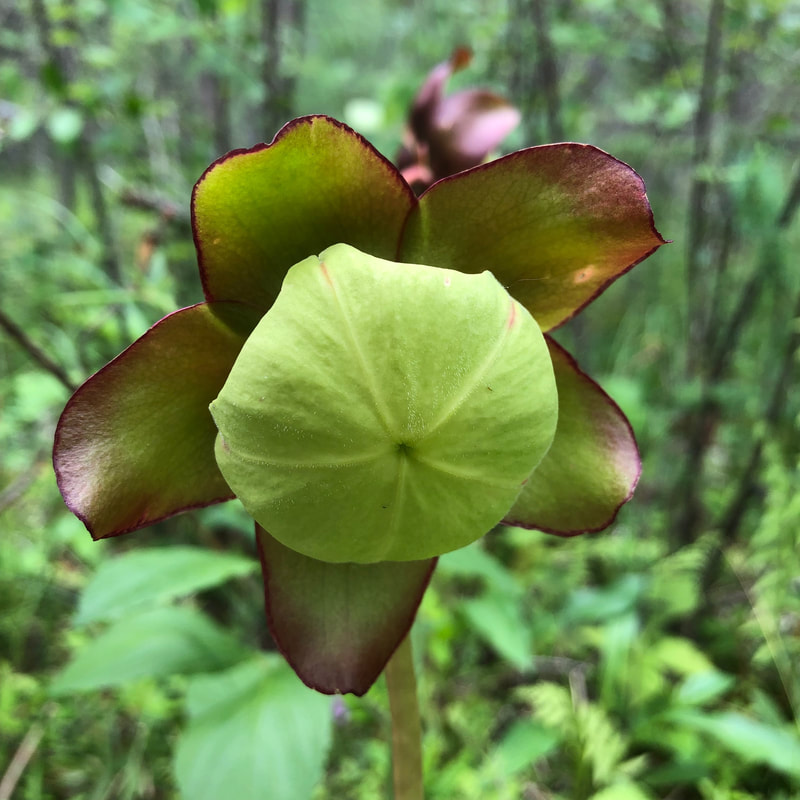ASSAY: A JOURNAL OF NONFICTION STUDIES
6.1
6.1
|
|
Lynn Z Bloom, University of Connecticut Board of Trustees Distinguished Professor Emerita, held the Aetna Chair of Writing 1988-2015. She learned the essentials of writing from Dr. Seuss, fun; Dr. Strunk and E.B. White, elegant simplicity; UMichigan professor Art Eastman, nitpicking revision; and Benjamin Spock, during interviews for Doctor Spock: Biography of a Conservative Radical (1972), If you don't write clearly, someone could die. These precepts inform the heart, soul, and human voice of her teaching and writing, including Writers Without Borders and The Seven Deadly Virtues and Other Lively Essays (both 2008). The highlight of her trekking/touring trip to Nepal in 1997 was a 16-passenger Buddha Air flight over the Himalayas and around Mt. Everest.
|

